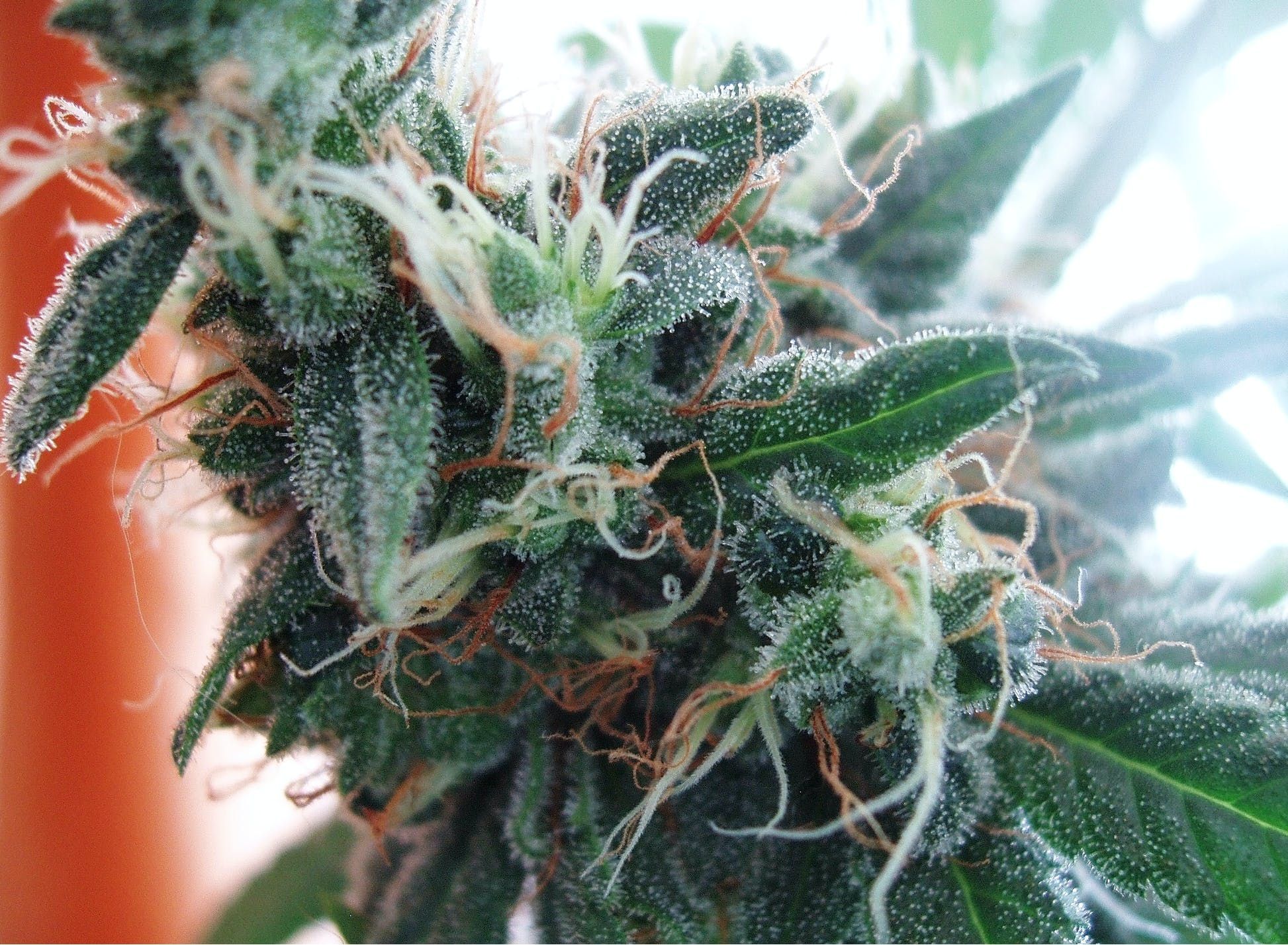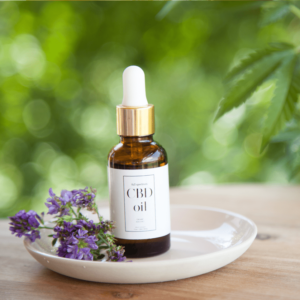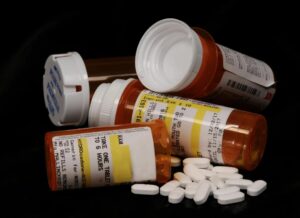Some recreational marijuana users like to take an oxycodone or another kind of opioid at the same time as cannabis, saying that this intensifies the high. Other people who take opioids for pain say that when they use cannabis, they’re able to take fewer opioids—or none at all. These effects indicate that each of these substances is able to enhance the effects of the other, and recent
research now reveals why this might be true.
Numerous new studies show that a majority of people who use marijuana are able to either reduce their use of opioids for pain or stop them altogether—great news in the fight against the growing “opioid epidemic” in the U.S. This is because the human body is naturally primed to respond to both these substances, with built-in systems for opioid and cannabinoid receptors—and these two systems interact in surprising and synergistic ways.
FOLLOW US ON FACEBOOK & INSTAGRAM
Opioid & Cannabinoid Receptor Systems Coexist—& Interact
The human body is rich in receptor systems—collections of cells that respond to the input of certain chemical triggers from inside and outside the body. Under ideal conditions, the body is able to manufacture its own supply of these chemicals, which regulate processes as diverse as mood, thinking and responses to pain. Substances from external sources can be similar enough to these natural chemicals to stimulate the same receptors.
Over the past decade or so, a number of studies explored the relationship between opioids and marijuana for a better understanding of how these two systems interact in the brain and body. Some studies suggest that not only do cannabinoid and opioid receptors co-exist in many of the same areas of the brain, but that opioids and cannabinoids may also directly interact with each other
on a cellular level.
The Opioid Receptor System: Pleasure, Reward & Pain Control
The opioid receptor system is hard-wired into many areas of the brain, as well as the spine and digestive system, and is responsible for triggering responses related to pain control, pleasure and reward. The body produces its own naturally occurring opioids, including enkephalins, dynorphins and the endorphins responsible for the “high” folks experience while running and performing other kinds of exercise. Opioid drugs, including prescription medications such as OxyContin or Vicodin, morphine, and the street drug heroin, also bind to these receptors, blocking pain signals and triggering powerful responses in the brain’s circuits of pleasure, reward and memory.
But opioid drugs can quickly overwhelm the body’s natural opioid receptor system. These drugs depress natural opioid production, causing a chain reaction that leads to rising levels of norepinephrine, a chemical responsible for stimulating respiration, heart rate and temperature, as well as the “flight or fight” response. Because the brainstem is rich in opioid receptors, an overdose of opioid drugs can depress those processes to the point of death.
Long-term opioid use suppresses the excess norepinephrine that’s created when the body produces less of its natural opioids. When a person stops using opioids, this norepinephrine floods the system, causing the often severe effects of withdrawal.
The Endocannabinoid & Opioid Systems Overlap
The endocannabinoid system (ECS) is more widespread than the opioid system. The two known cannabinoid receptors, CB1 and CB2, are found in nearly every part of the body and respond both to the body’s own natural endocannabinoids—anandamide and 2AG—and to the very similar cannabis compounds tetrahydrocannabinol (THC) and cannabidiol (CBD).
Because cannabinoid receptors are so numerous throughout the body, it’s no surprise that these receptors share space with opioid receptors in many areas of the brain and spine— with one notable exception: the brainstem. The brainstem is rich in opioid receptors but nearly free of cannabinoid ones. That explains why large doses of opioids can depress respiration and other functions to the point of death, but marijuana overdose alone does not cause death.
RELATED: WHAT IS THE ENDOCANNABINOID SYSTEM?
Large numbers of opioid and cannabinoid receptors are found in areas of the brain related to pleasure, reward and pain control, so both opioid drugs and cannabis can cause similar feelings of relaxation, euphoria and relief from pain. But because of the opioid receptor system’s relatively limited distribution, its effects are largely confined to those three things.
In comparison, the ECS affects a wide range of processes and functions directly, or indirectly, by triggering responses in other kinds of receptors. But the close proximity of those two receptor systems in key areas of the brain and spine make it possible for opioid drugs to affect the endocannabinoid system, and for cannabis to affect the opioid system.
Opioids & Cannabinoids Enhance Each Other’s Effects
Opioids and cannabis compounds can also interact indirectly, as part of the signaling cross-talk among these and other systems in the body, so that they contribute to the expression of other kinds of neurotransmitters farther down the line. In that way, THC is able to enhance the potency of opioids, and certain opioid receptors can boost the pain-relieving properties of THC and CBD.
Cannabis can also make it easier to withdraw from opioids, because it moderates the mechanisms that trigger withdrawal symptoms and reduces the need for medications like methadone or buprenorphine to help folks get through withdrawal.
People who consume opioid drugs and marijuana often say that these substances can have a significant effect on each other, and now science supports their claims. Opioid and cannabinoid receptors not only share space in the brain and spine, but opioids and cannabis can also interact on deeper levels, creating a synergy that boosts the effects of both. Many questions remain about the complicated interactions between these systems, but recent insights about their relationship may lead to new alternatives for pain control—and a way out of the epidemic of opioid abuse.
Photo credit: Théo
If you’re new to cannabis and want to learn more, take a look at our Cannabis 101 post. HelloMD can help you get your medical marijuana recommendation; it’s easy, private and 100% online.






